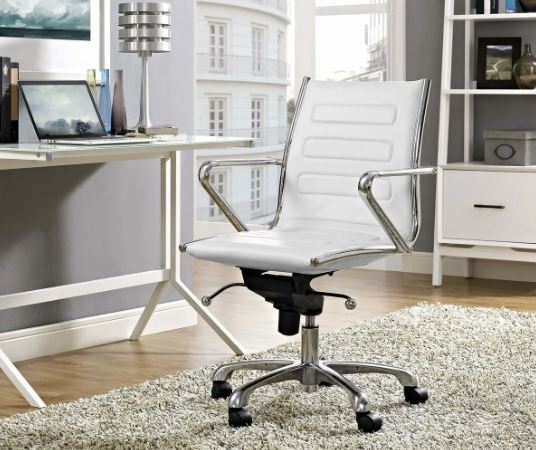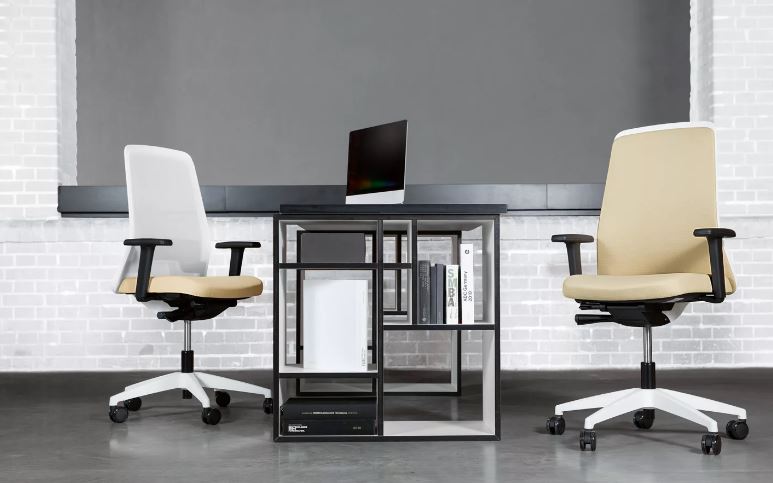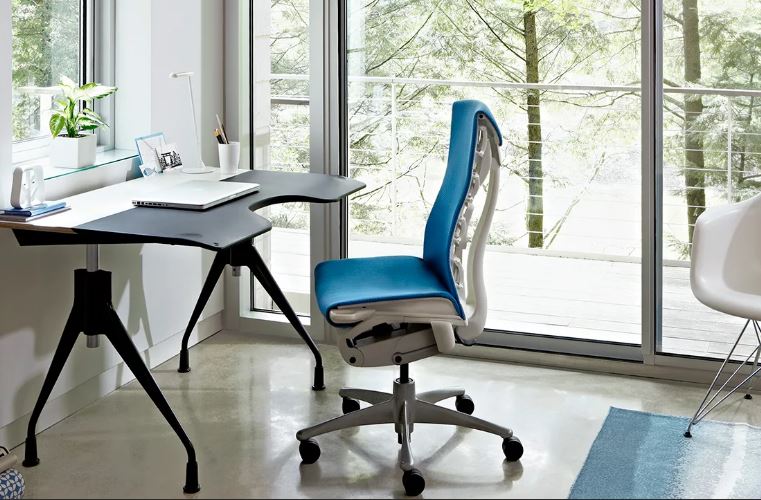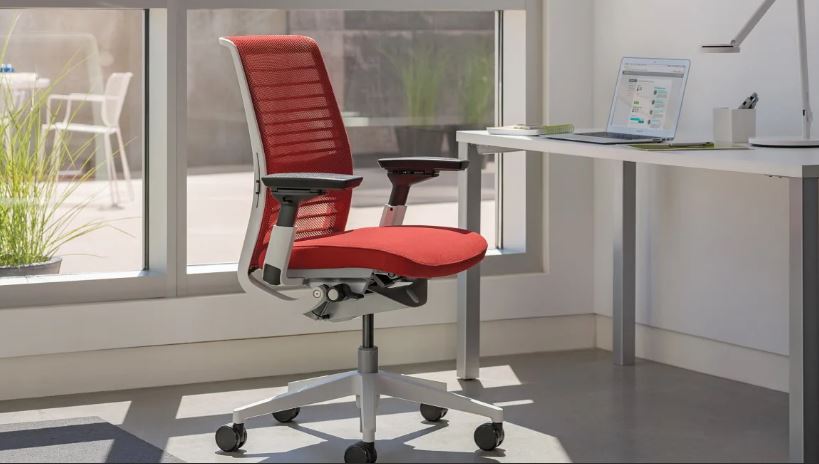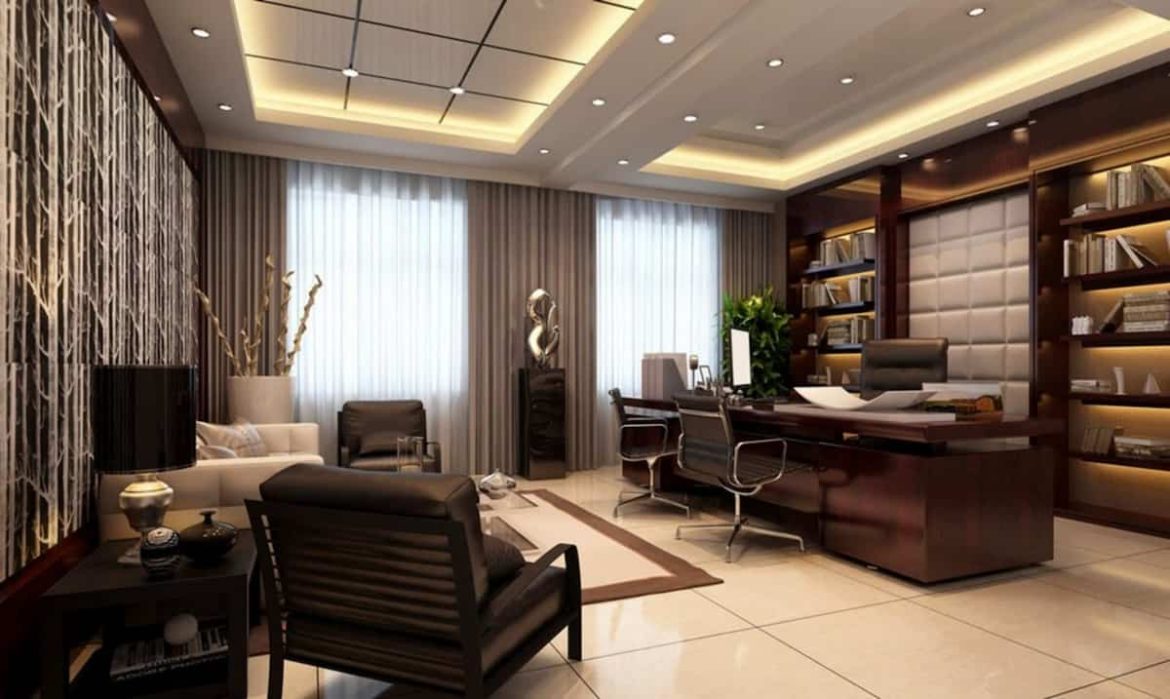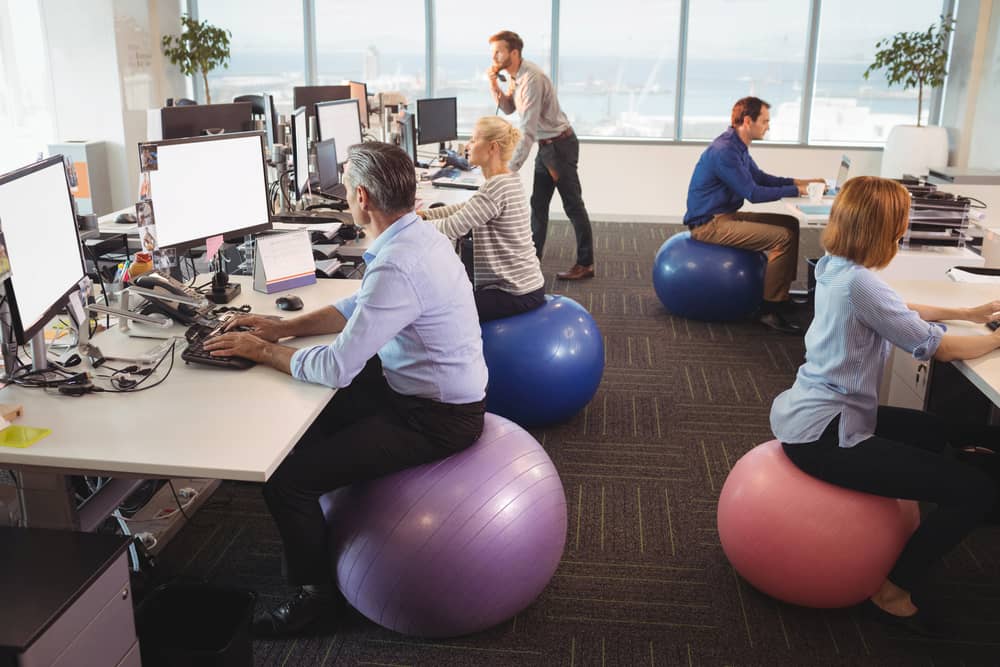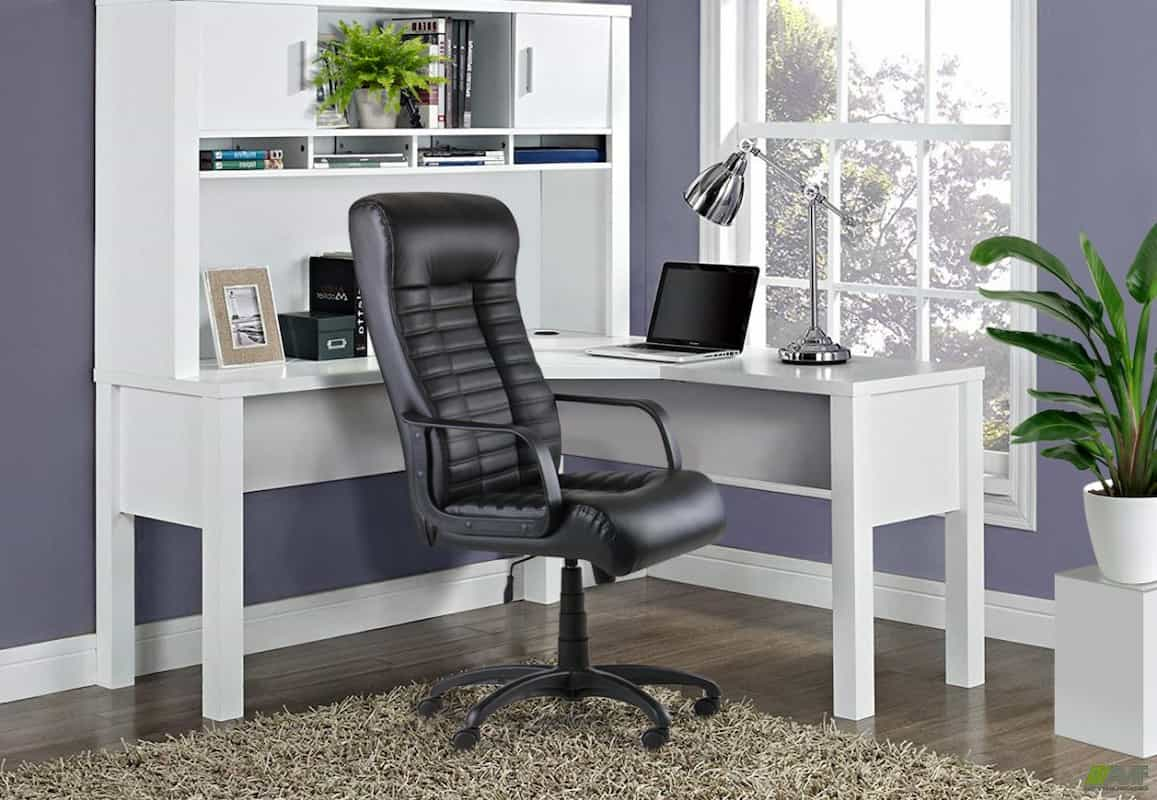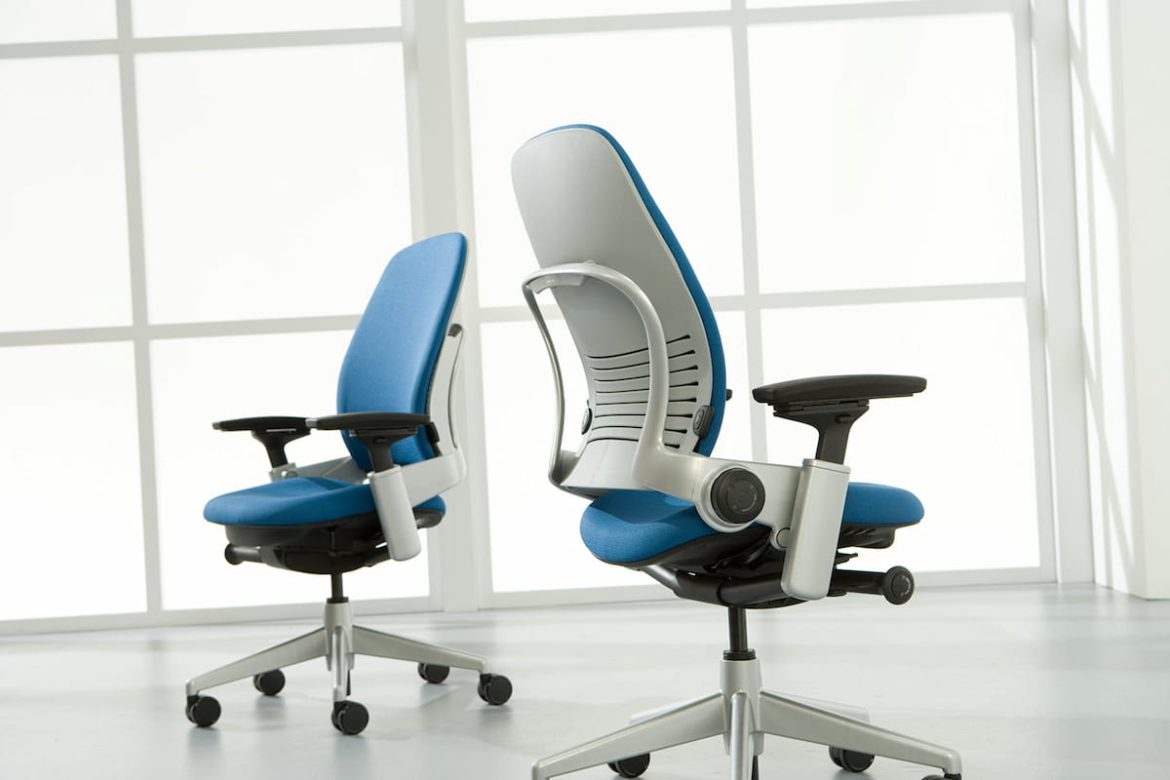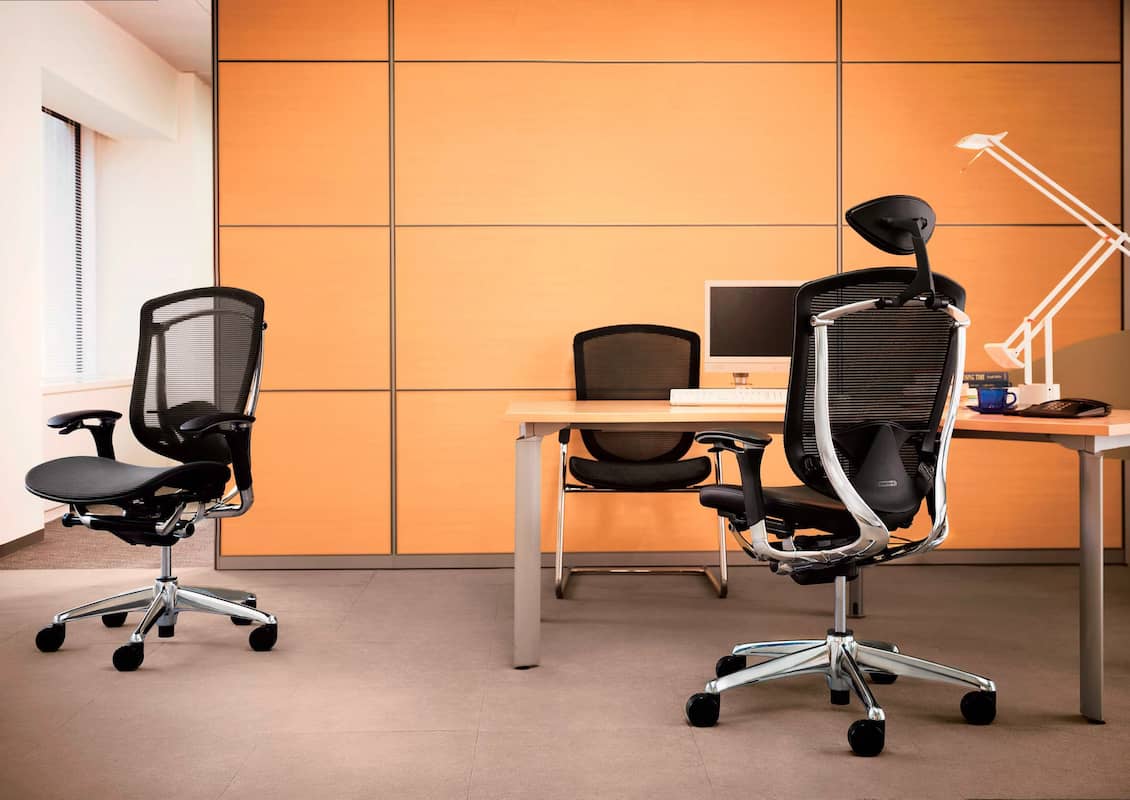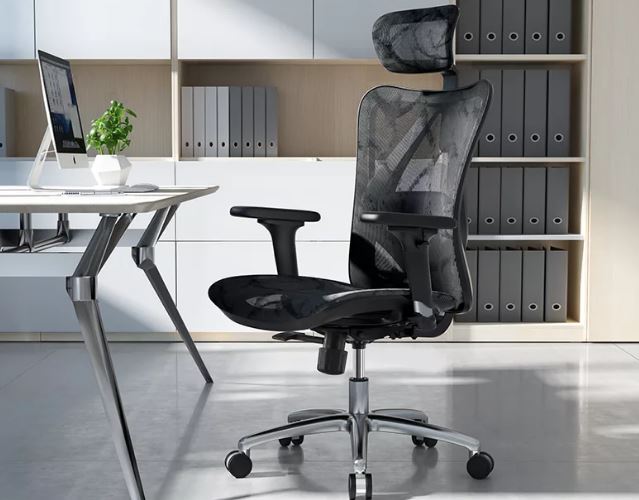In today’s world, many of us find ourselves working at our best desks for hours on end.
Investing in under-the-desk exercise equipment on your office desk, which helps you and your staff to stay healthy, is a great way to squeeze a little extra movement into your sedentary day.
Based on the Centers for Disease Control and Prevention (CDC), adults should get about 150 minutes of physical activity per week. Achieving this goal can help prevent heart disease, diabetes, and certain cancers.
We googled the best under-desk fitness equipment based on the following criteria:
Effect. We’ve included equipment that can provide effective cardio, strength, and flexibility training.
Cut. Each product includes dimensions so you can gauge how it will fit under your desk.
User reviews and personal recommendations. Everything on our list has greatly positive user reviews.
best treadmill
Using an under-desk treadmill is a great way to keep moving while you work. A treadmill can fit under your desk, or you can purchase a treadmill desk. It’s basically a treadmill with a small desk in front of which you can put your laptop.
Remember that if you want to try an under-desk treadmill, you will need to purchase a standing desk or a standing desk converter. Otherwise, your desk may be too low.
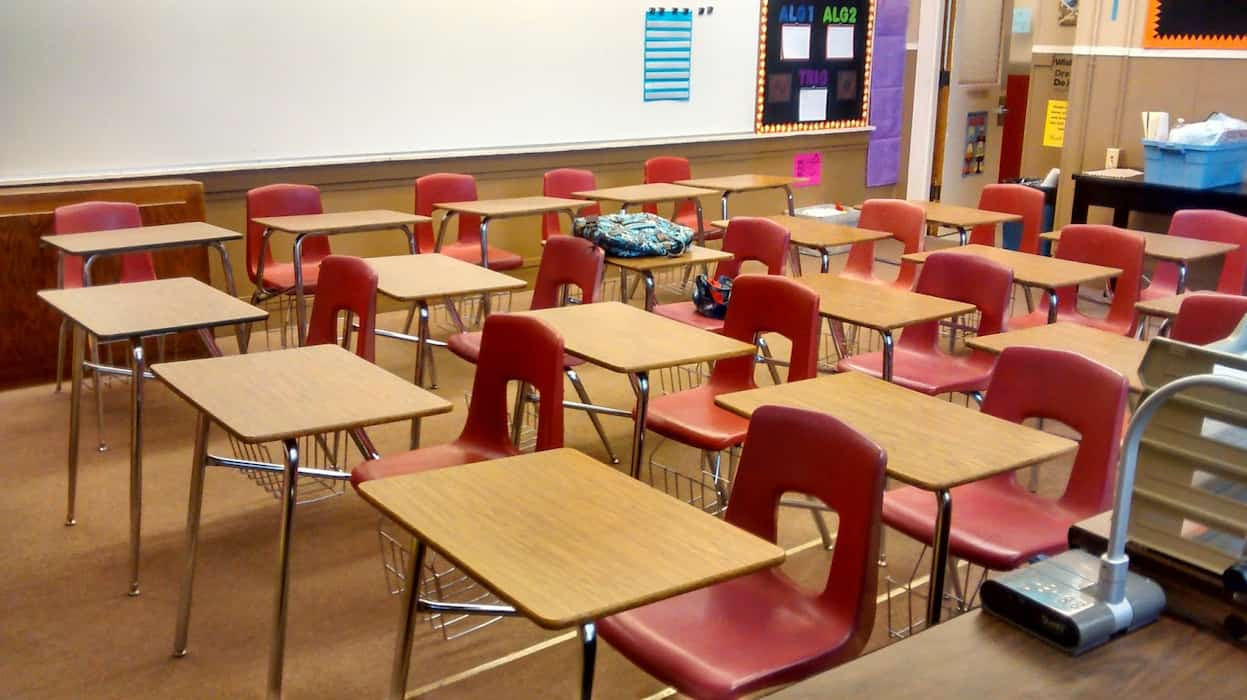
best bike
If you like to pedal while you work, consider adding an under-desk bike to your workstation.
Add handles so you can move them under your desk, or put it on your desk and pedal your arms around.
A digital monitor on the front of the machine displays speed, time, distance, and calories burned. In addition, the dial allows you to adjust the resistance in 8 steps.
The foot straps that come with the pedals keep your feet firmly in place, but some reviews say the machine can slip a bit during use, so you might want to buy a mat underneath.
All of these installations required a standard office. Using your kitchen counter or coffee table as a workstation isn’t very efficient when working from home.
Your desk will be one of the most important parts of your workspace. To maximize your productivity, you need to choose a desk size that provides enough space to use and store your work or study essentials.
This guide is going to help you better understand the different desk sizes so you can choose the one that best suits your needs.
Choosing the right desktop size can be a difficult task. Before choosing your desk dimensions, narrow your search by keeping these things in mind:
Measure the space: The amount of space available and the location of the desks in that area play an important role in the type of desk you get.
The larger the space, the larger the desk’s dimensions. Smaller or restricted areas benefit from suitable space-saving models.
Leave 33 to 36 inches of space behind your desk to allow enough room for your chair and 48 inches of space in front to accommodate accent chairs and other furniture.
Think about your intentions: how do you plan to use your office? For daily work, games, or studies? We recommend that you measure or consider the consoles, printers, monitors, or other accessories you need on your desk.
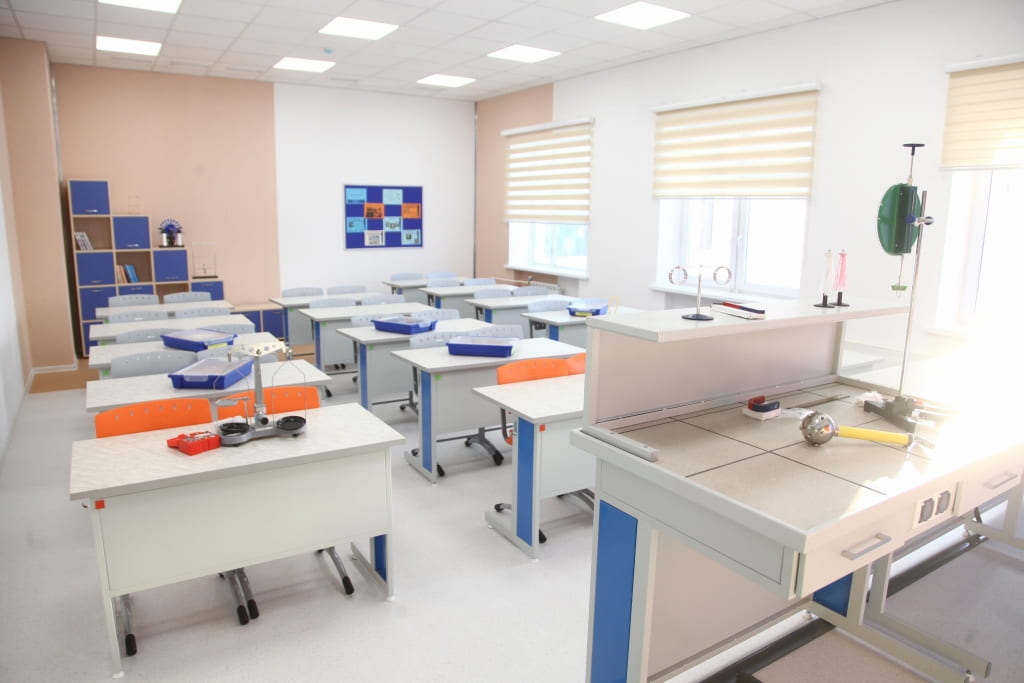
A standard desk is fine in most cases, but the nature of your work will dictate the size, storage, and style of desk that best suits your needs.
Measure your needs: Desk sizes often correspond to standard height measurements, but a basic desk might not work if you’re very tall.
The desks are ergonomic. It is based on and should be comfortable on your body, so you may need more precision.
Dimensions of the desk to meet these needs. Measure the distance between the arm of the chair and the floor.
If your chair doesn’t have armrests, keep your arms at a right angle (parallel to your thighs) and measure the distance from the ground to just below your elbows. These are individual desk height measurements.
Shape: The shape of your desk is a personal choice, but it also depends on the amount of space available and how you use it. For example, investing in a large L-shaped office doesn’t make sense if you own a small apartment or use it infrequently.
standard desk dimensions
Desk dimensions include length, depth, and height. These dimensions will help you determine the best desk size for your needs, comfort, and space.
Width: The width or length of your desk is measured from right to left when you are seated. The minimum desk length is 20 inches.
This is usually to accommodate computer monitors. Standard lengths are 48, 60, and 72 inches. The width or length of your desk is the least important of the three measurements.
Use the measurements above to find the right depth for your space and equipment.
Depth: Desk depth goes back and forth from where you are seated. Standard desktop depths range from 24 to 36 inches. The required depth depends on the space required to accommodate the equipment.
Be careful not to confuse the width and depth of the desk. This is a common mistake and can lead to buying the wrong size. Use the measurements above to find the depth that fits your needs.
Height: Height is measured from the base to the top of the desk. A standard table height is around 30 inches, the ideal height to keep your body comfortable.
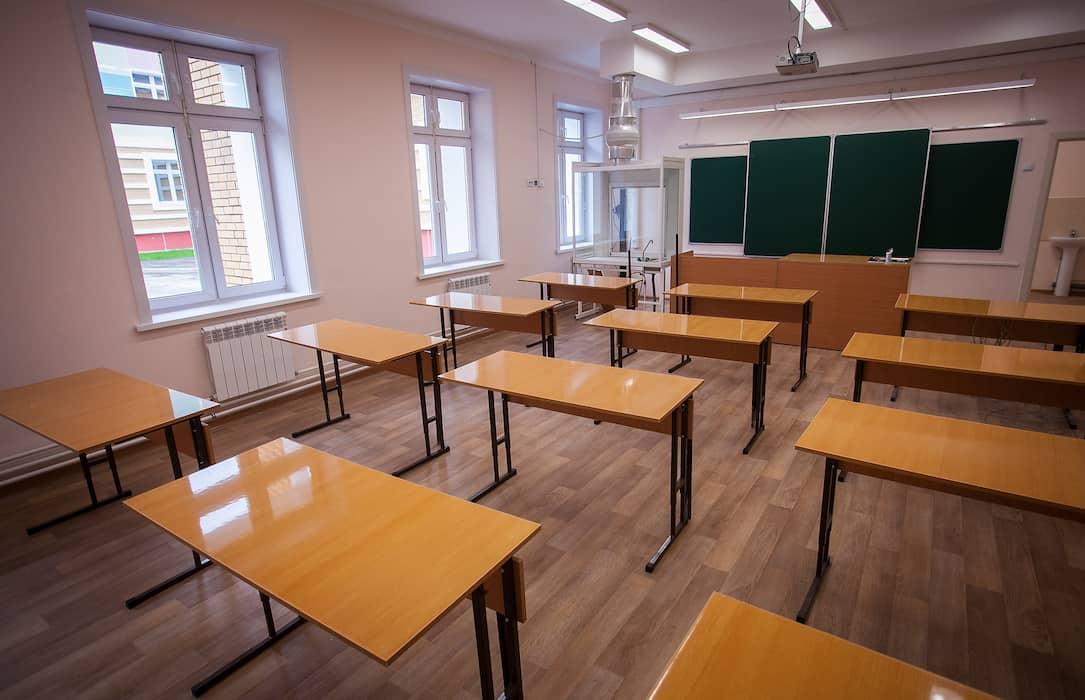
Unless the desk is intended for children, it shouldn’t be much shorter than that. A desk at the right height will prevent your legs from cramping and allow enough room for your knees and the arms of your office chair.
You must leave at least 12 inches of space between the bottom of your desk and the top of your legs. Use the measurements above to find the depth that fits your needs.
Desk: A desk is the most common and basic desk. Various styles and sizes are available. These tables can be used for many functions, such as writing, paying bills, studying, and working on your laptop.
They are usually made to the dimensions required for writing with pen and paper.
Computer desks: Computer desks are usually found in computer labs and libraries. These space-saving desks are used to house keyboards and monitors. Some computer desks even have space-saving pull-out trays for your keyboard and mouse.
Gaming Desks: Gaming desks are extra long to accommodate all of your gear. Their length also depends on the number of game accessories you have.
Gaming desks often have open floor spaces for towers and well-ventilated slots where you can place these technical necessities to prevent overheating and damage.
There is usually no space to store documents and files. The dimensions of the gaming desk are usually quite customized depending on the type of games you play.
